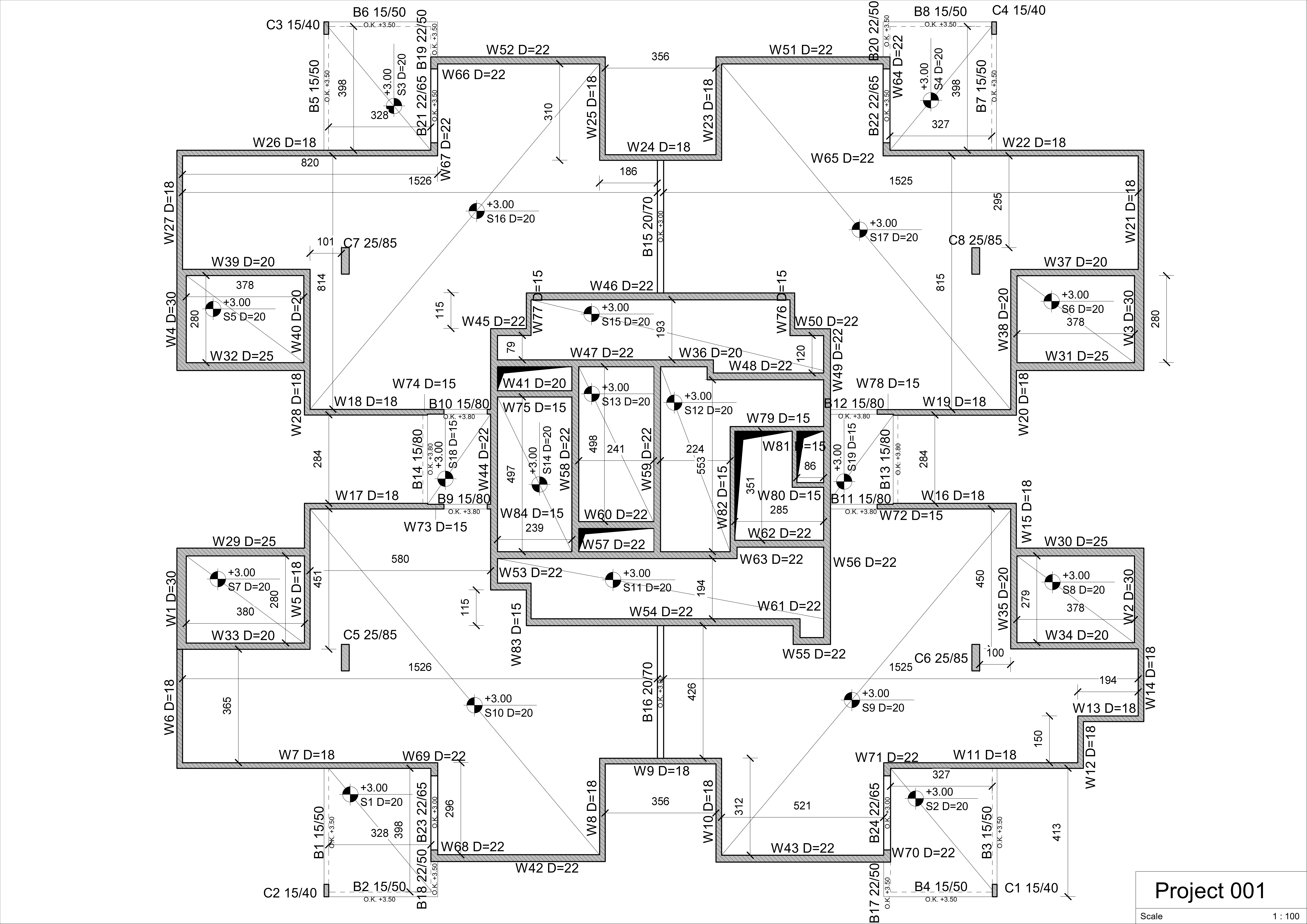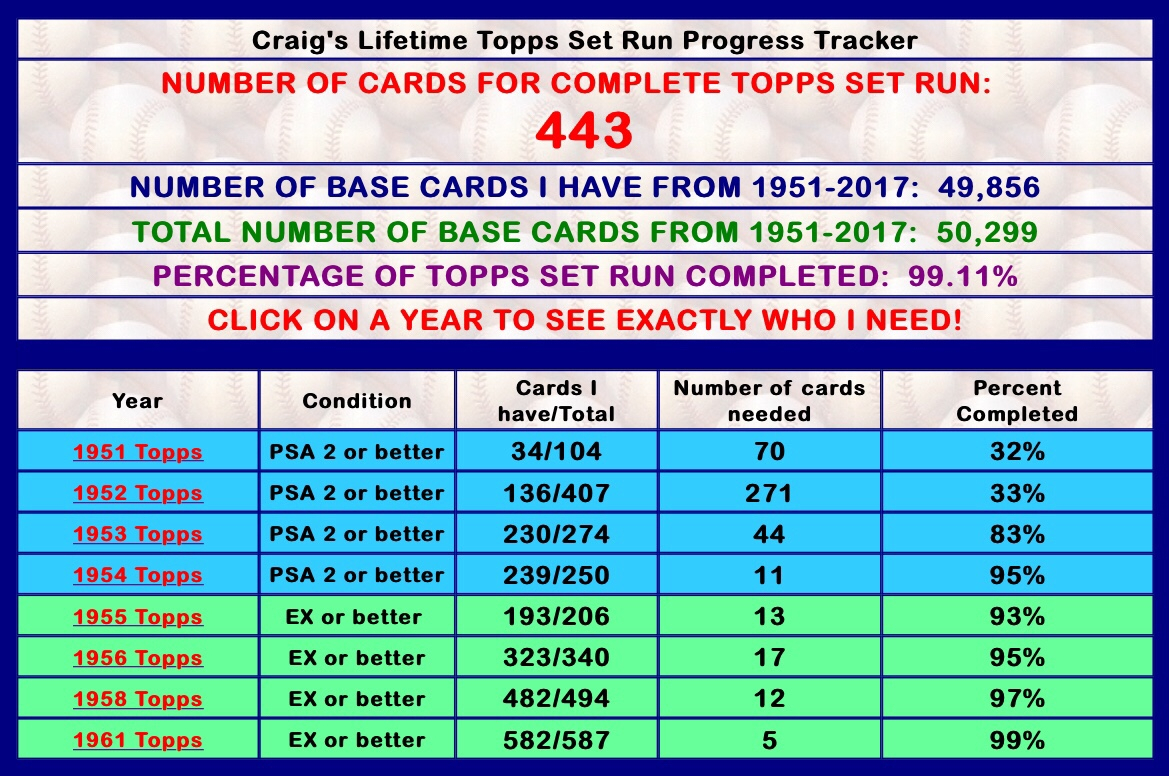
So, you will ask the DBMS to generate a new unique column, like product id and you may want to mark it as “auto-increment”.Īuto-increment columns allows a unique number to be generated when a new record is inserted into a table by increment the value by 1 for each new record. So, the SSN uniquely identifies every customer.īut, you may have a table that holds information about some products, and they don’t have ids by nature. It means, for example, by default every customer has a unique SSN, assigned by the company. The primary key is either naturally exists or generated by the DBMS. Usually you will see a primary key column called “id” of integer values. And if you tried to insert a duplicate value, this will be disallowed by the DBMS. You may have more than one student with the same name, but you can’t have more than one student with the same primary key. A primary key is a column of unique values for each row. Now, if you have a long list of rows, it’s essential to have something that uniquely identifies each row, and that’s called the “primary key”. This will be discussed later in Database Mapping. Multi-valued attributes will be extracted in another table. For example, the color of the car may be black and red. For example, you may have a name that’s composed of first name, middle name, and last name.Īny composite attribute will be decomposed into separate simple attributes. SimpleĪ value that’s composed of some other values. You may hear the term “tuple” instead of rows, and also you may hear the term “attribute” instead of column.īefore heading into the next topic, there’s something to be mentioned about columns, and that’s there are 3 types of columns: 1. In a nutshell, columns define what’s the data that should be in the table, while the rows hold the actual values that you are going to retrieve, insert, update, and delete. And by defining these columns, we’re imposing rules on the data, and the DBMS won’t let us break them. It’s not allowed to deviate from the way that the columns are set up. Now, every row must follow that same structure, following that same format.

It gives it a name like name, id, email, date of birth, and a type, perhaps, a text, or a date, or a number. And each column describes one piece of data.

So, you must say what every row is made of, and you do this by defining the columns in that table.

Within each table, every single row represents one single student, customer, order, or employee. You may hear the term “entity” instead of table, but we’ll use tables for simplicity. It’s the place where you will put your data, define their data type, and also their relationship with the other tables. The table is the most basic building of a database. Visually, it’s often shown like a spreadsheet. For example a table for customers, students, orders, products, and so on. Each table has a formalized repeating list of data about one specific piece of information. Wish you already came along the last part Database - Introduction (Part 1) Database & Tables DatabaseĪ database is a collection, or a set of tables. Learning the fundamentals is always the most critical part - kidsatthecreek


 0 kommentar(er)
0 kommentar(er)
